User interface
The DDS CAD user interface is configurable. Most of the elements can be arranged variably and can be hidden and then displayed again. We describe the various elements based on the default setting.
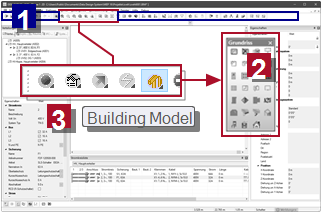
|
Main Toolbar
In the default setting, there are several subordinate toolbars for general functions docked to the top edge of the screen. You can dock every individual toolbar to a different edge of the screen or allow them to float in the interface Toolbar (Working Modes) Plays a special role. With the selection of a working mode, you activate the specific functions of a task area in Context Toolbar |
|
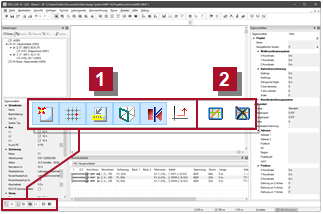
|
Toolbar The position of the toolbar is fixed. It contains the options and functions:
|
|
|
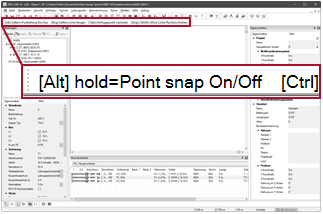
|
Message List Many of the functions expect further actions after they have been invoked. This field displays a brief overview of possible actions for the currently active function. For a complete overview, please open the online help. To do so, press |
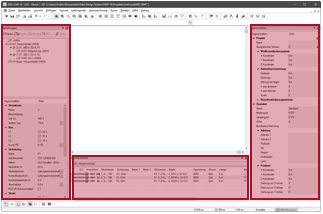
|
Window for overviews and management functions Management functions and overviews appear in subordinate windows. The default setting uses one window each docked to the left, right and the bottom edge of the main window. |
|
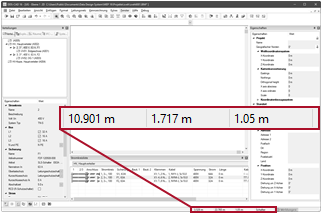
|
Status bar When working with dynamic functions (e.g. symbols, routing systems, cables), DDS CAD displays various types of information in the status bar. The display behaves in a context-sensitive manner relative to the active function. |
 [F1].
[F1].